Maserati has revealed the MC20 supercar, which will spearhead a bold multi-billion pound revival plan for the historic Italian marque that includes a return to its performance-focused and racing roots.
Initially being sold with a mid-mounted 621bhp V6, the new halo model will also offer electric power in the future. Convertible and motorsport versions are also on the cards.
The MC20 is the first supercar that Maserati has produced since the limited-run MC12 two-seater it launched in 2004. While that model was essentially a reworked Ferrari Enzo, the MC20 marks Maserati’s return to producing its very own sports cars, after parent company Fiat Chrysler Automobiles (FCA) sold its stake in Ferrari back in 2016.
The sale of the Maranello firm meant that Maserati became FCA’s flagship premium performance brand.
FCA bosses have radically revamped the previously announced product plan for Maserati, approving a bold model line-up overhaul with a target to triple sales within three years with 13 new products scheduled in the next three years. All new models will be electrified from this point on, confirmed chief operating officer Davide Grasso at the MC20's unveiling, adding that the brand is developing Level 3 autonomous capability for future cars. As well as the MC20, battery electric versions of the firm's forthcoming new SUV, and the next GranTurismo and GranCabrio are planned.

"The MC20 is more than a Supercar. It’s set the cornerstone to build Maserati for the future," Grasso added.
Priced from £187,230 and arriving in the UK in the second quarter of 2021, the MC20 is designed to signify Maserati’s ‘new era’ by restoring its reputation for producing high-end supercars, boosting the prestige of its saloons and SUVs. It will also return Maserati to motorsport, although the company has yet to outline its plans in this area.

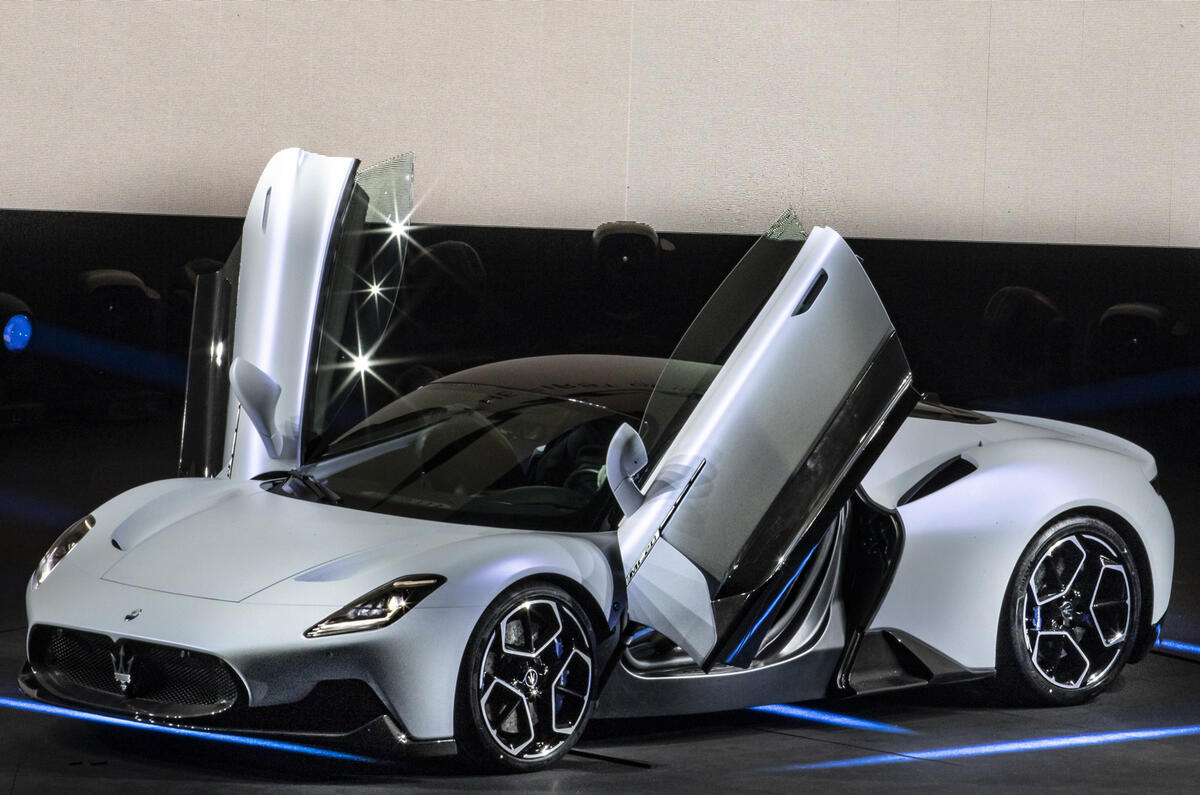
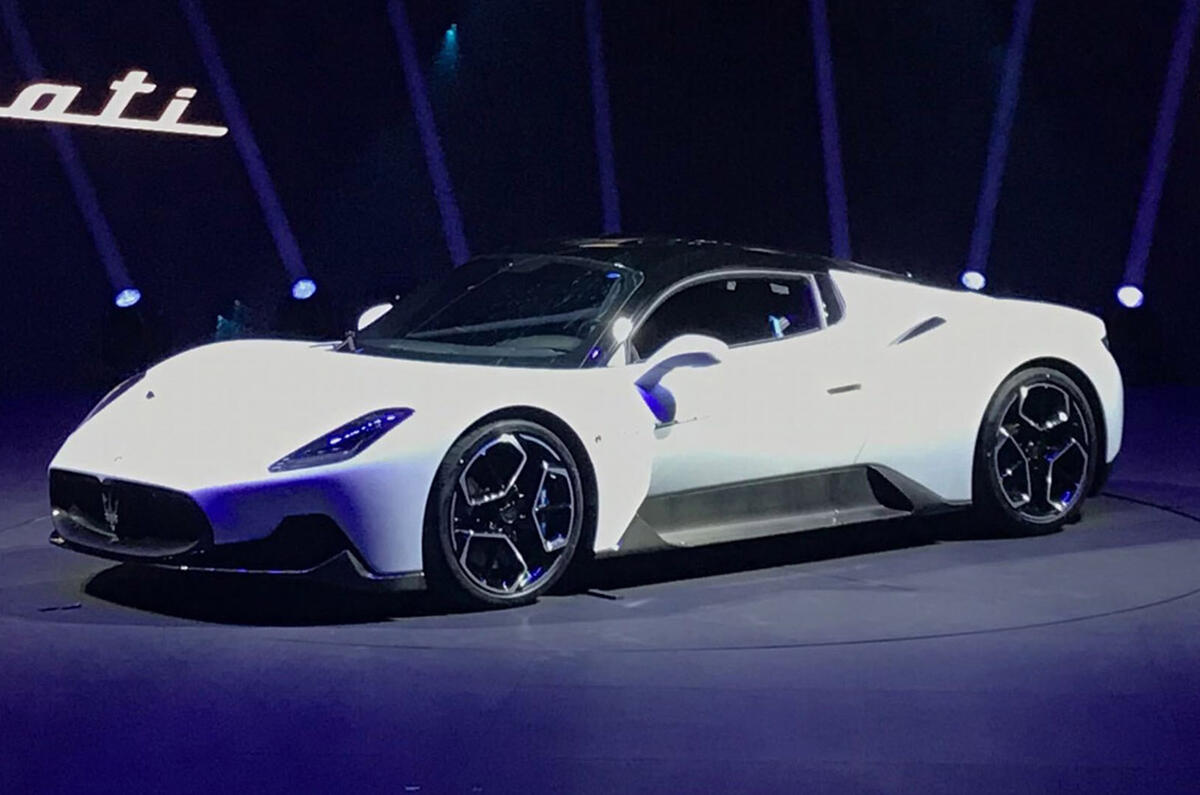
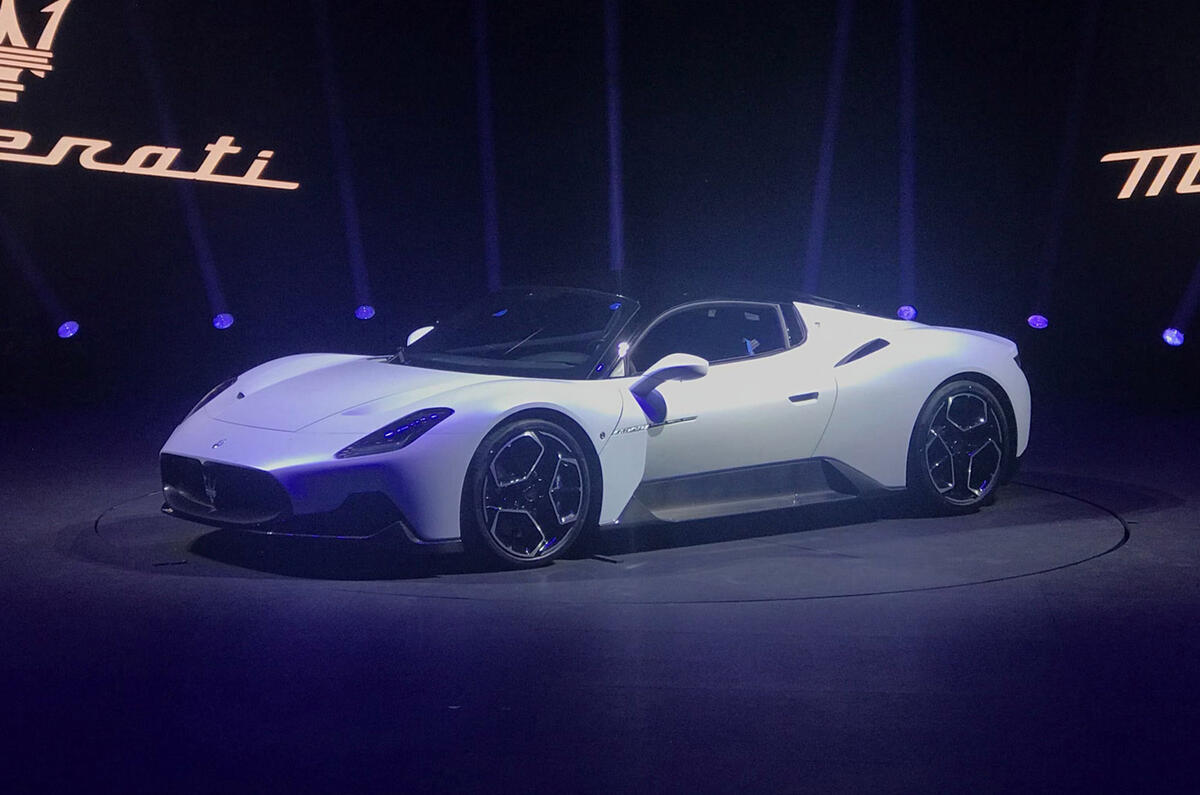
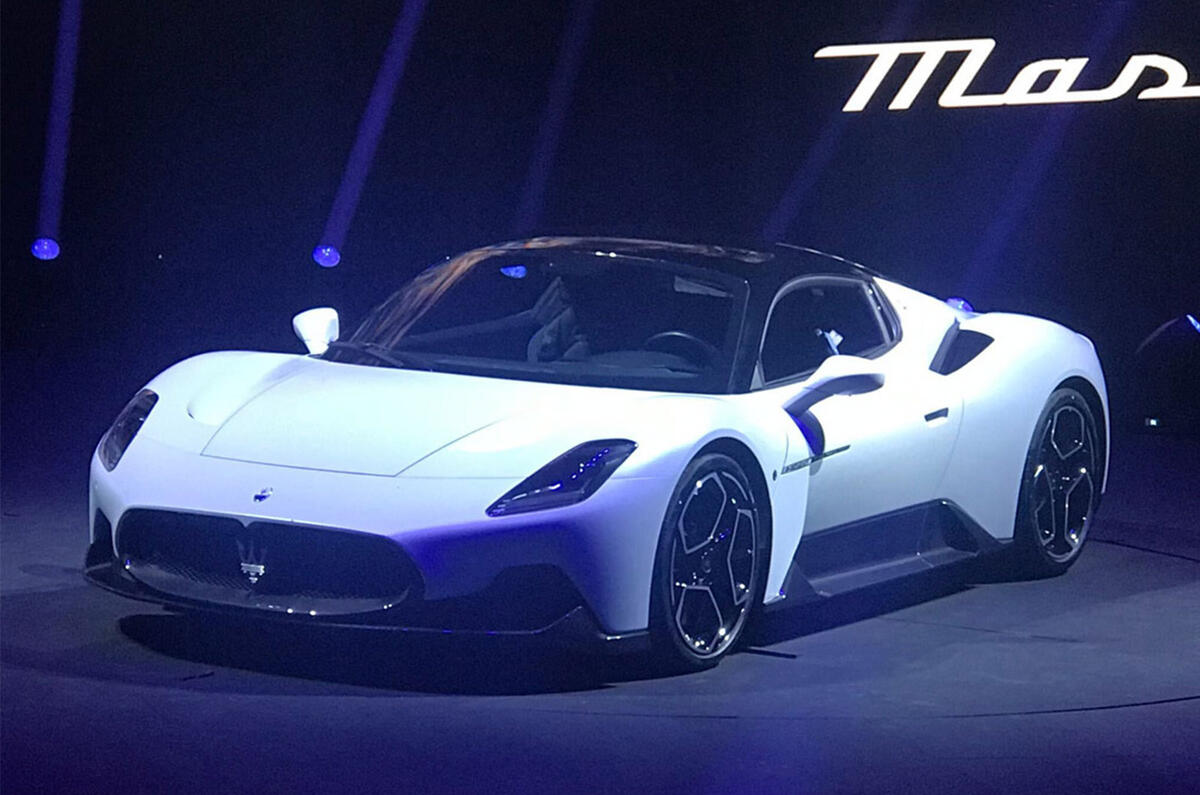
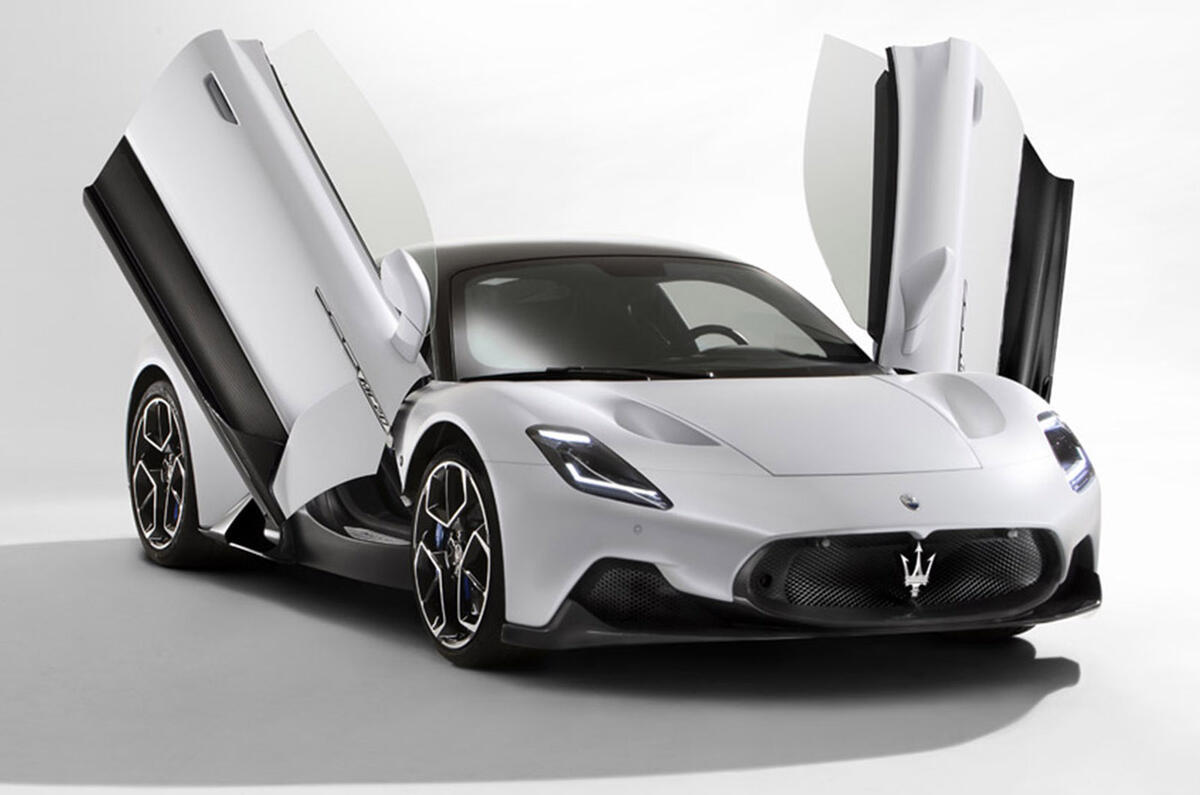
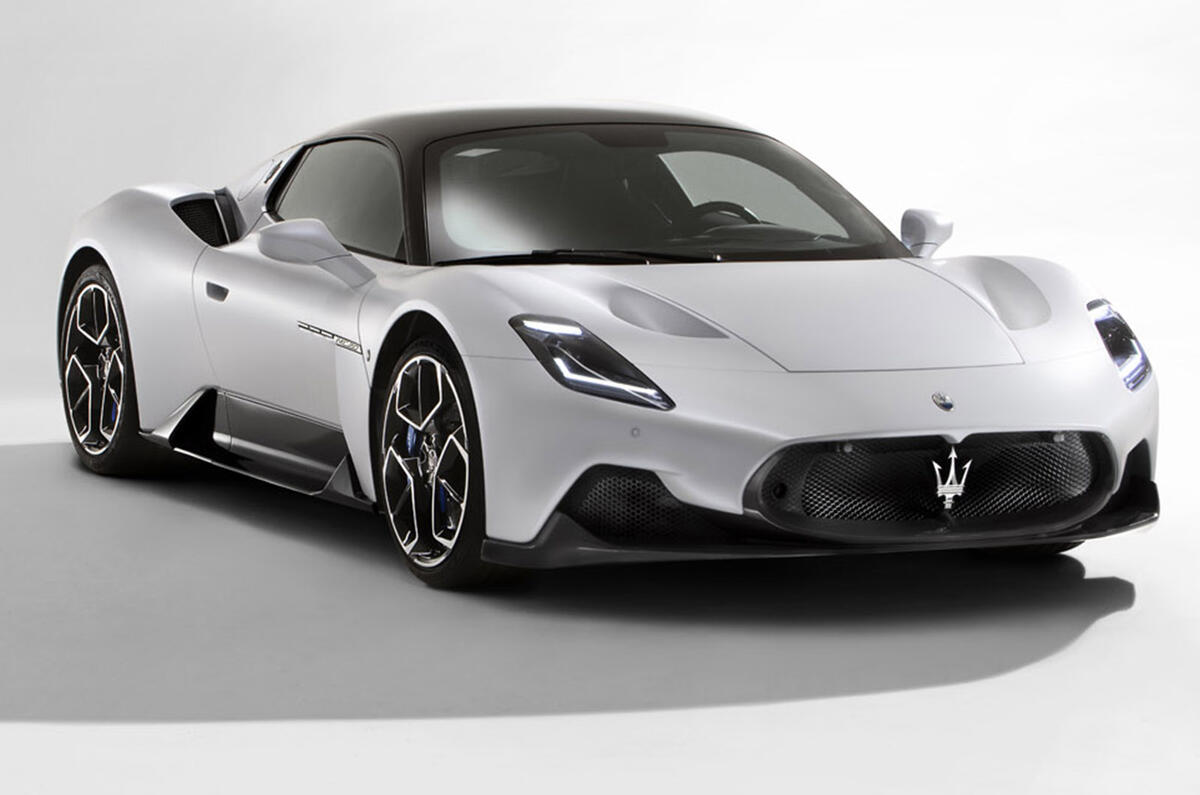
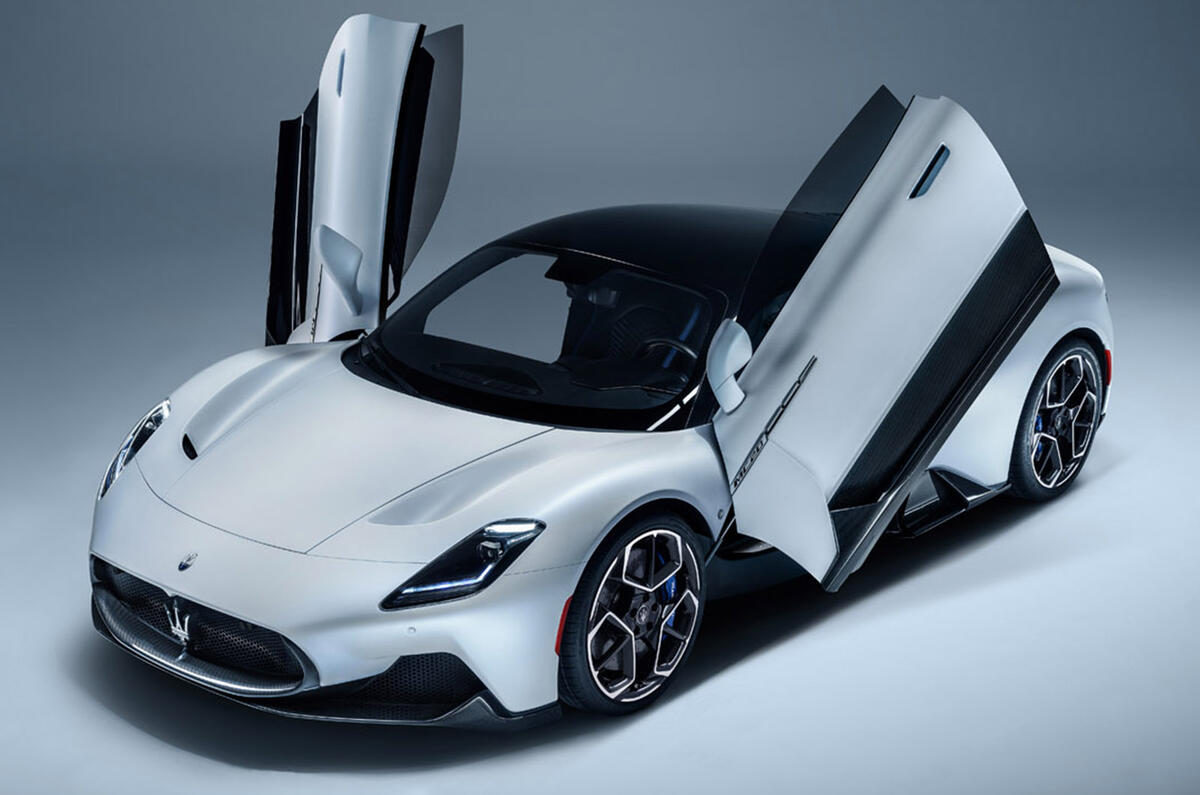
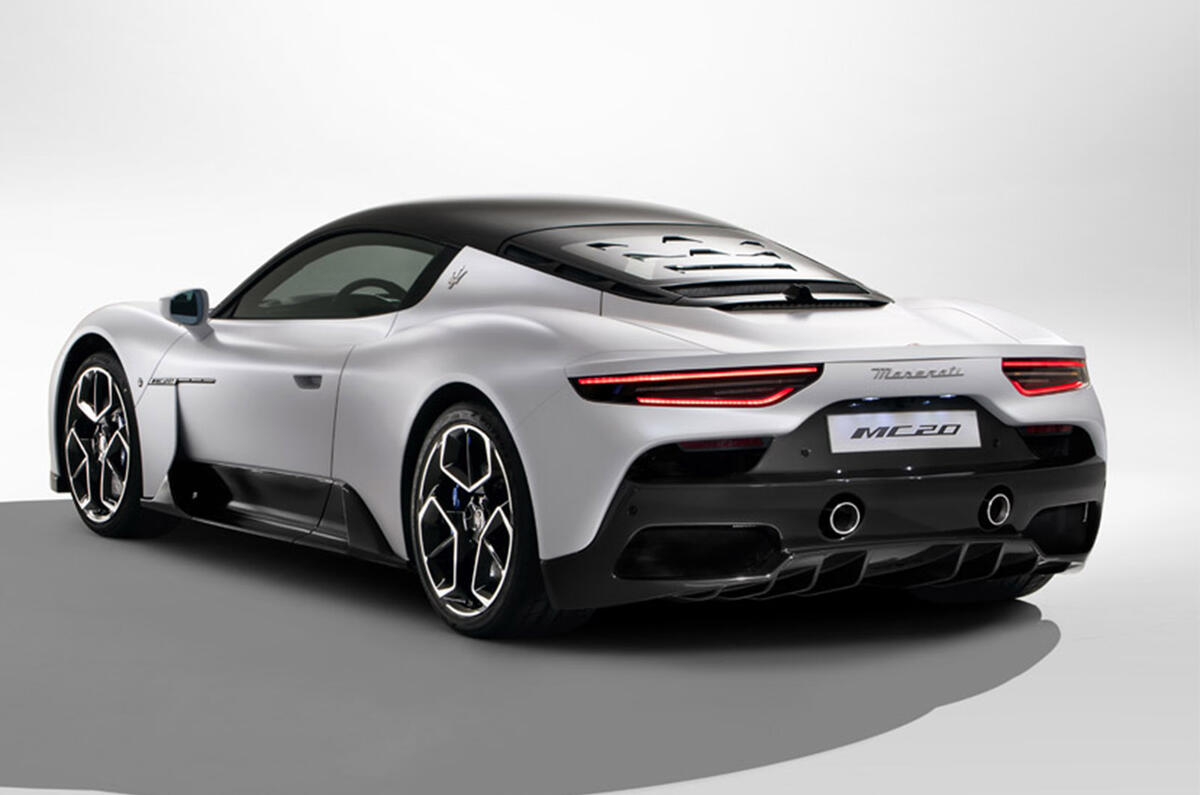
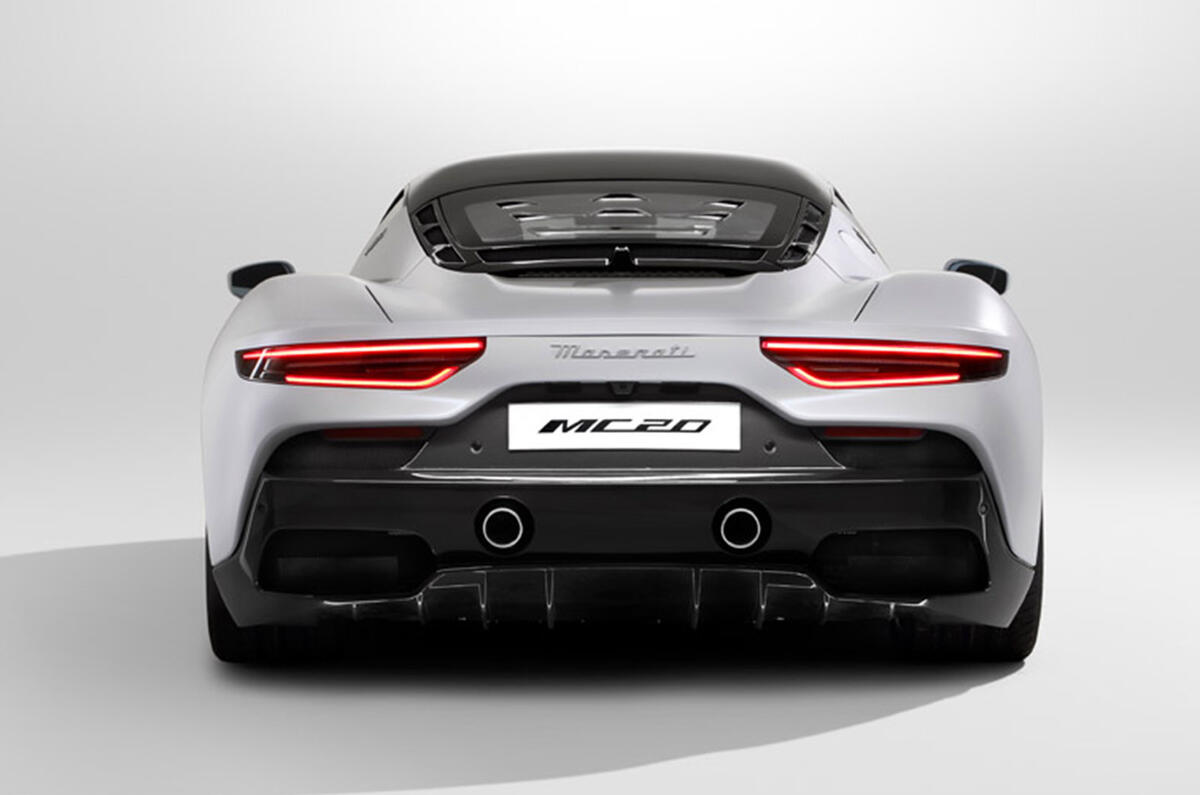
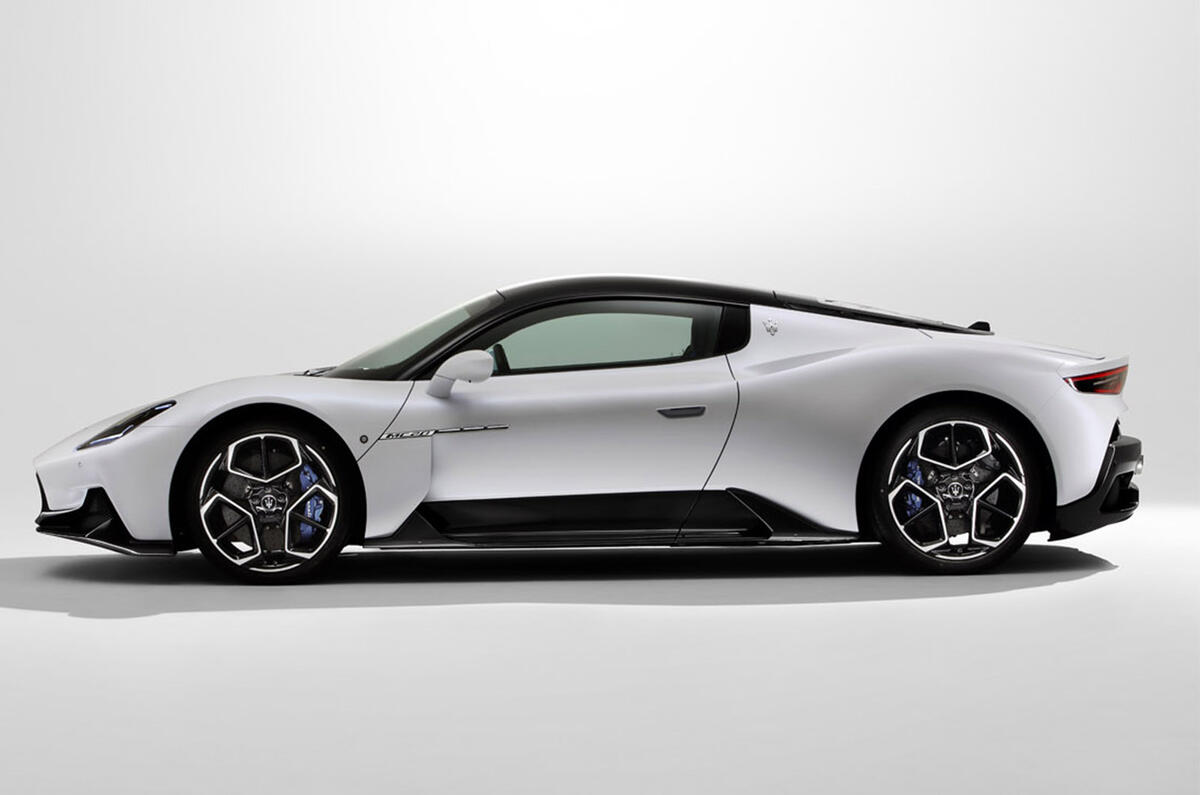
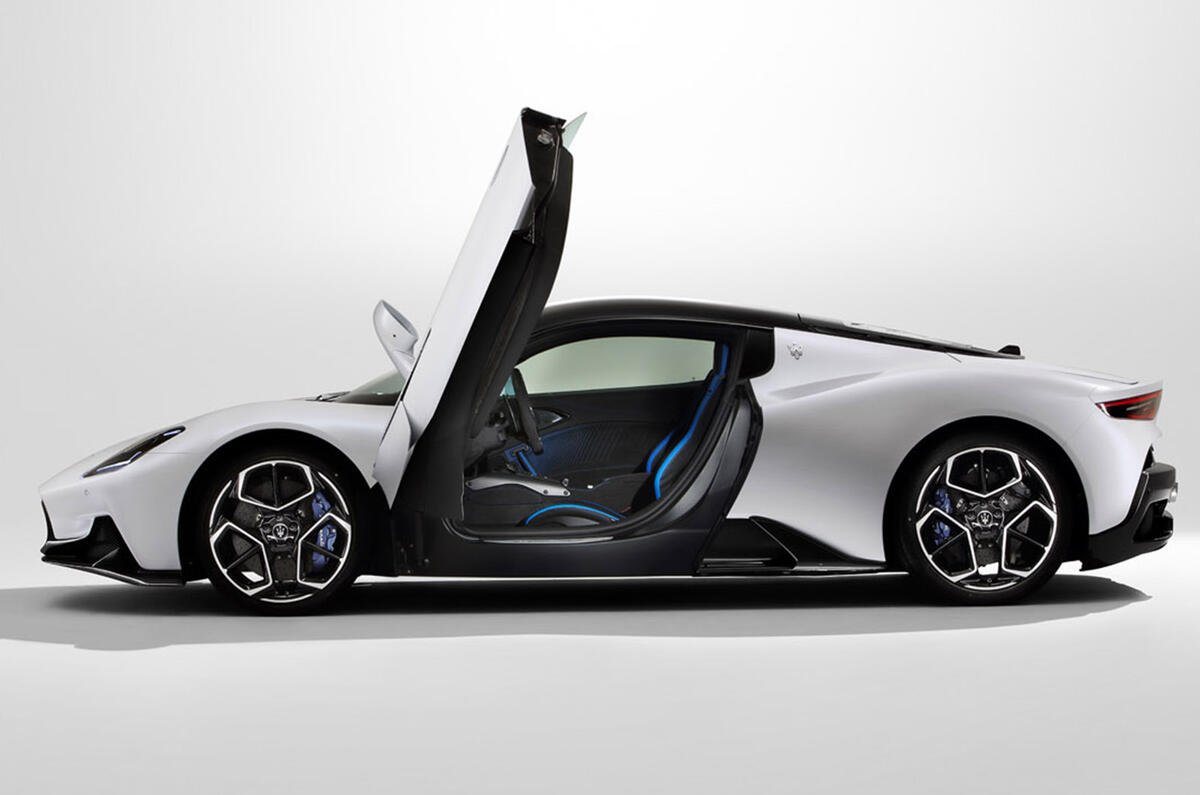
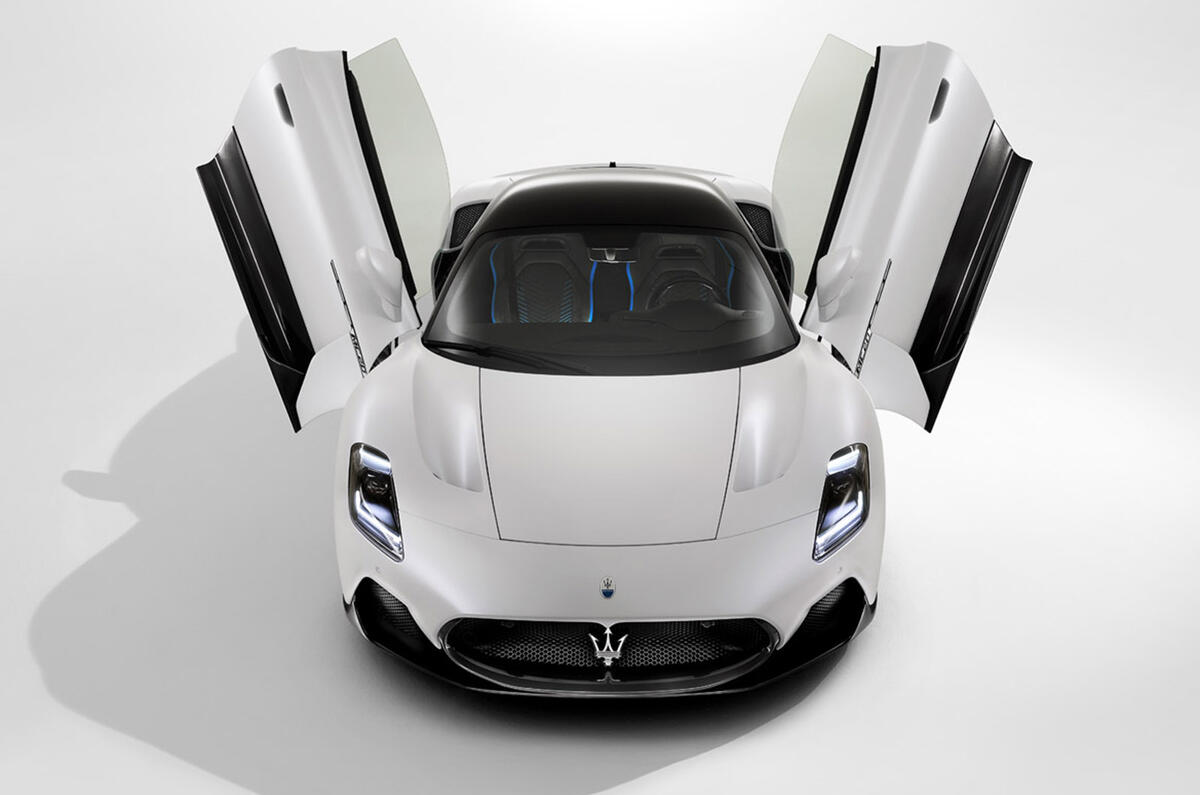
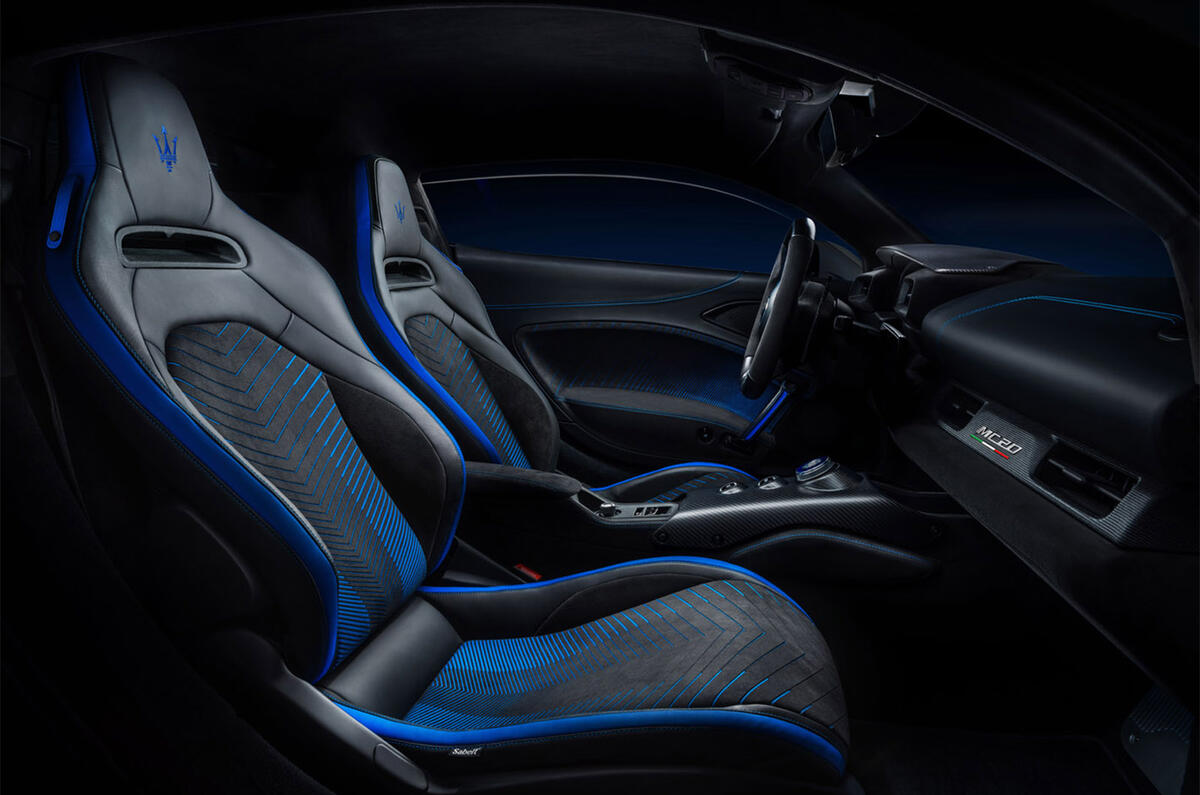
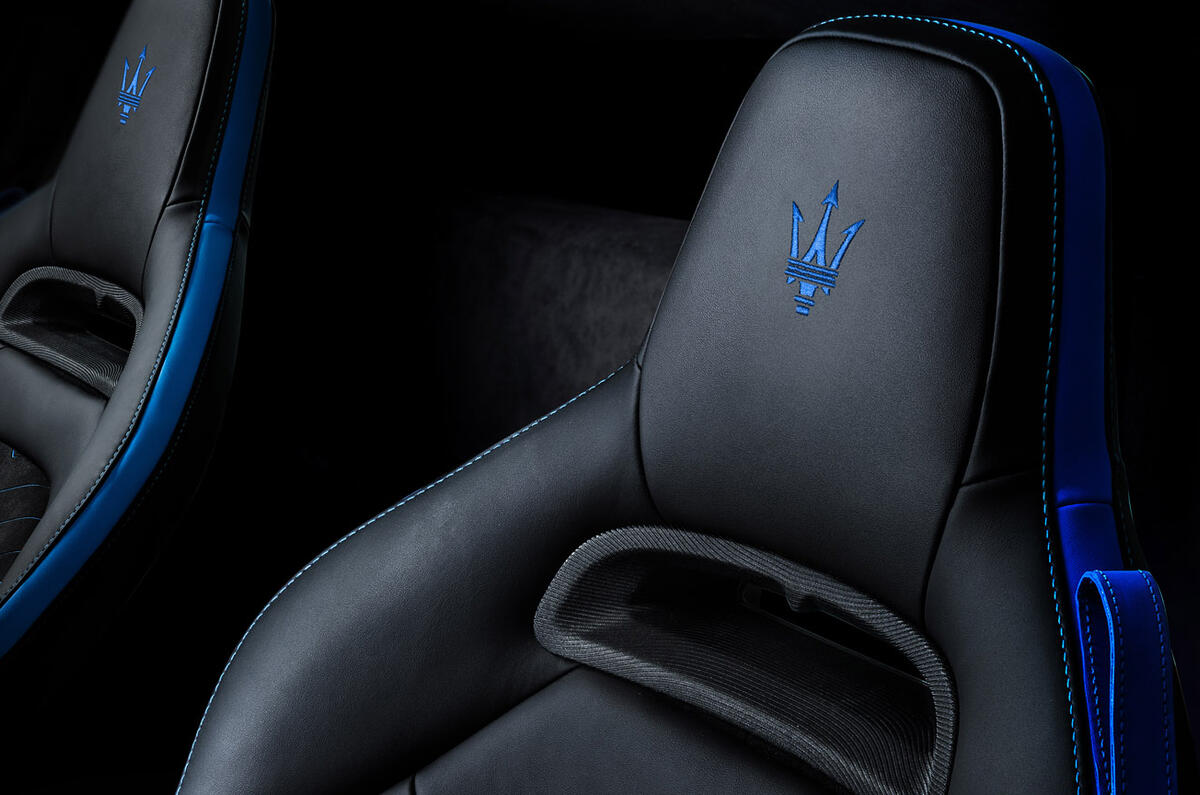
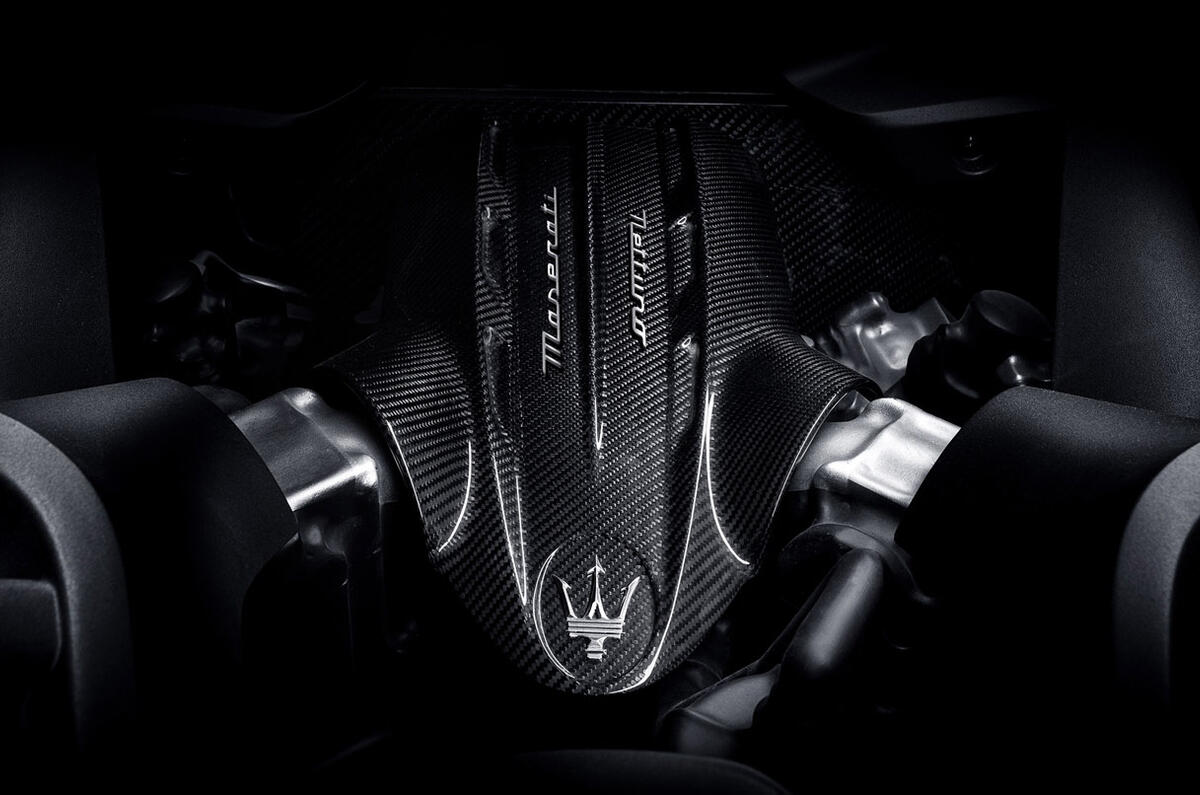
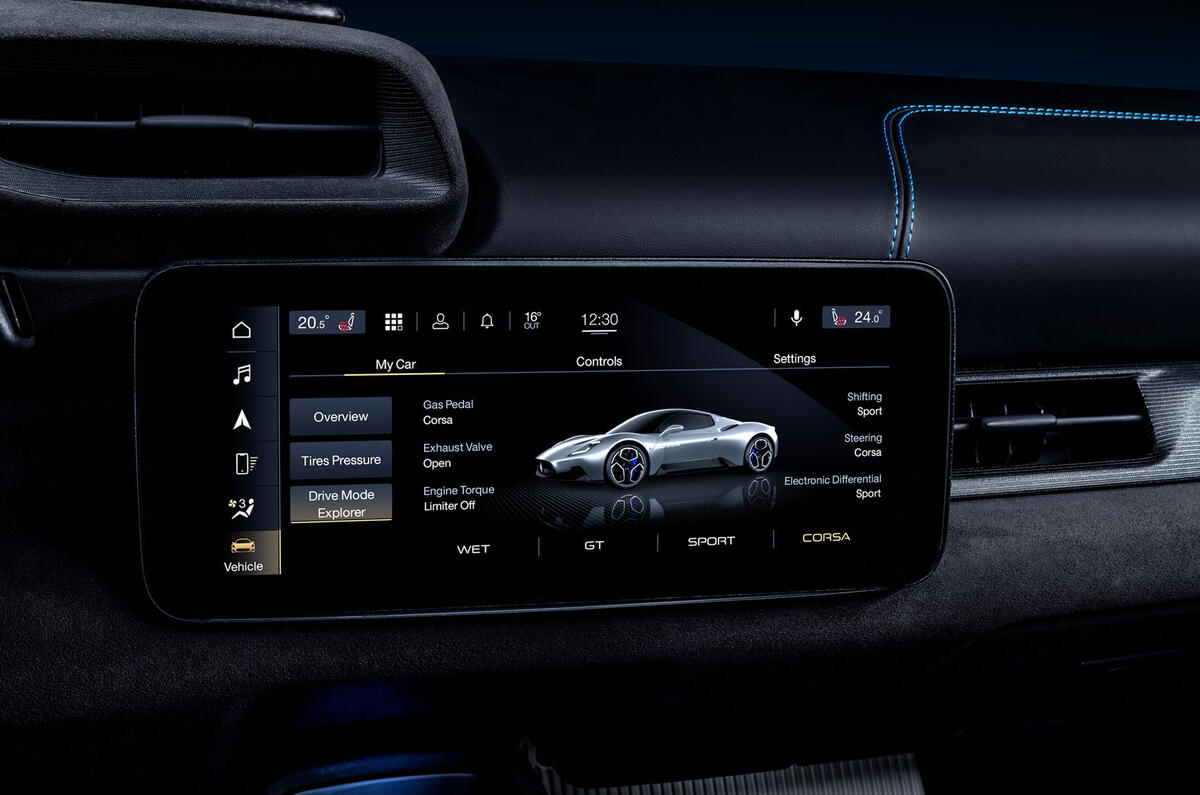
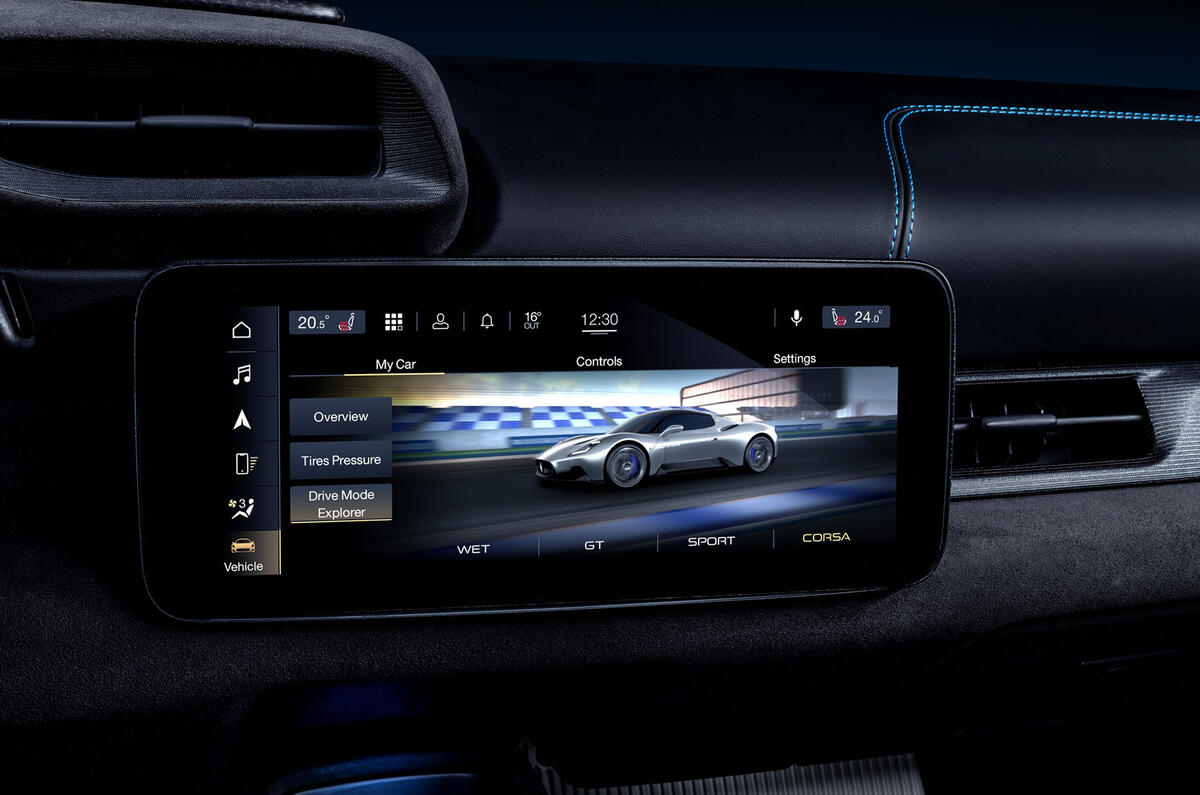

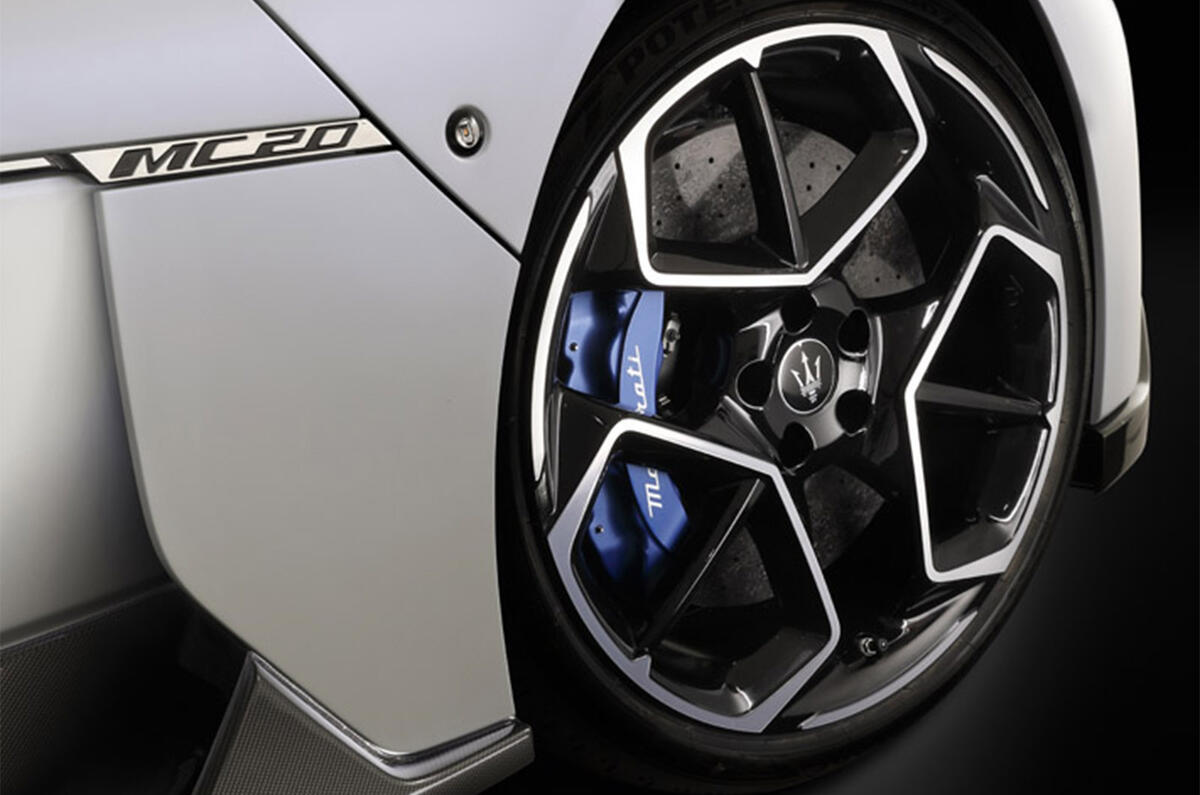
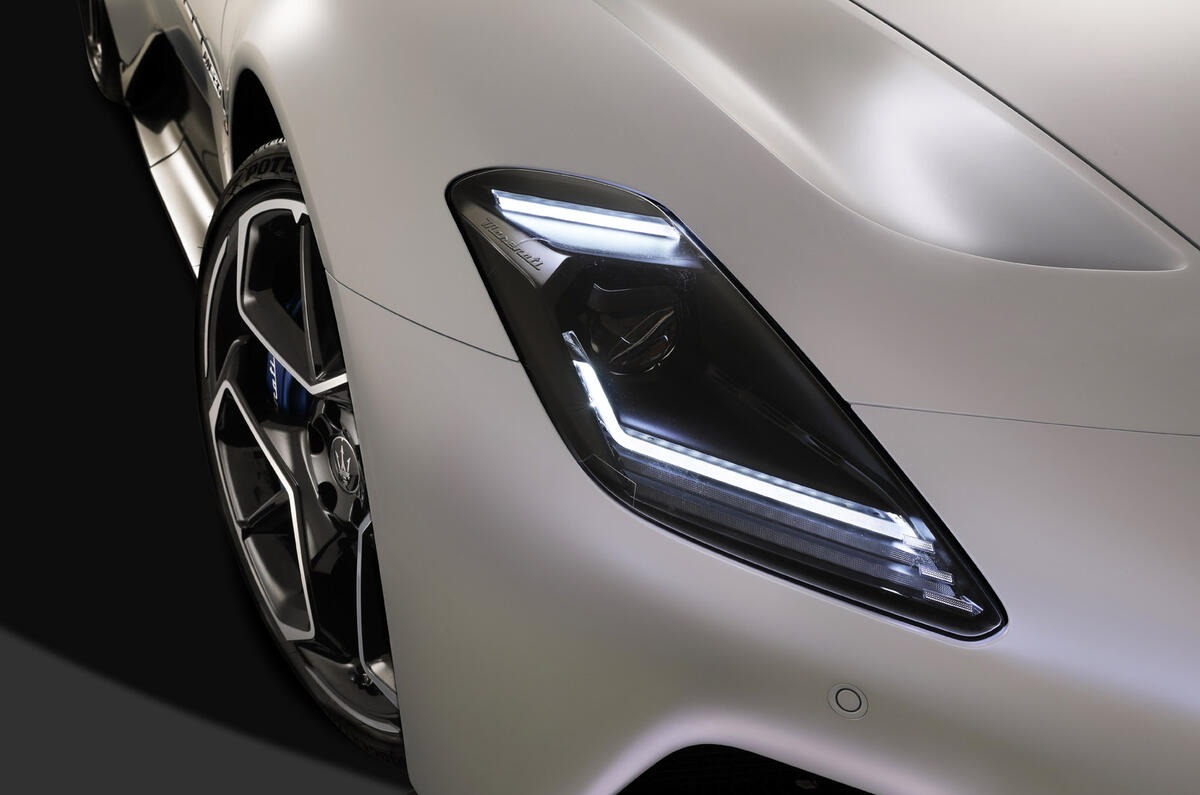
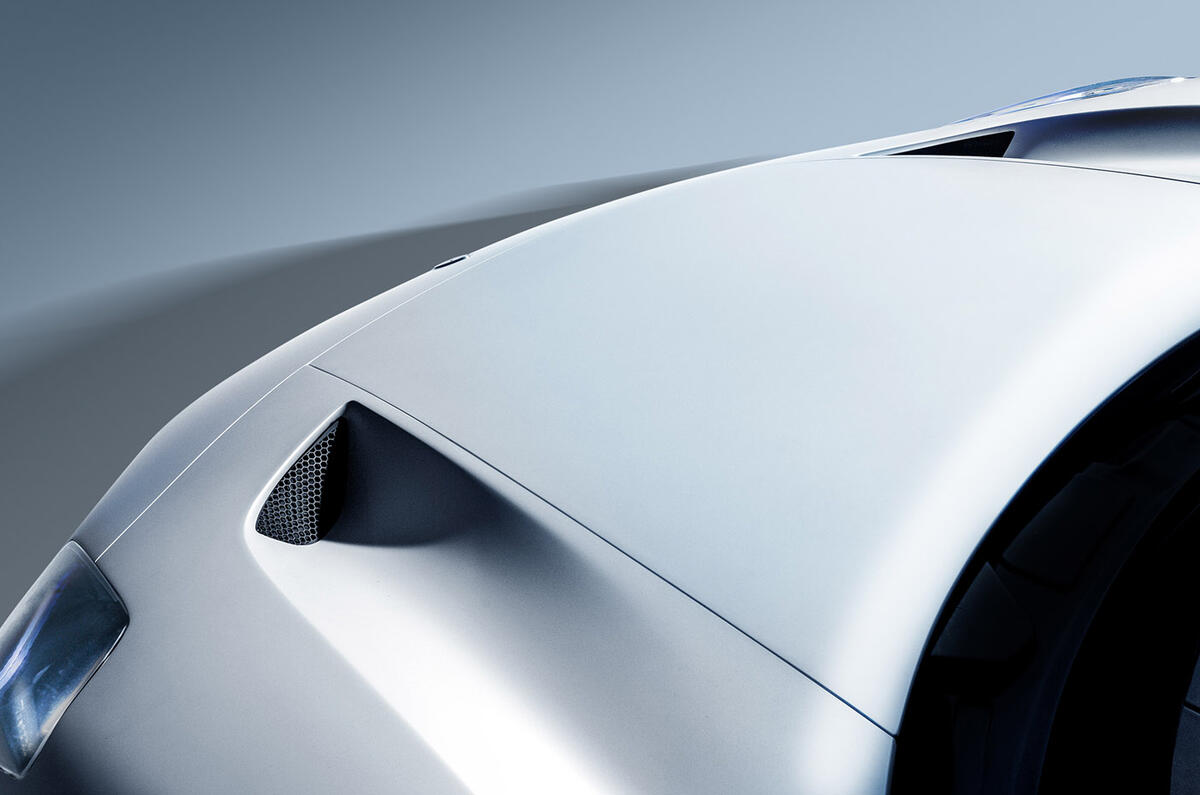
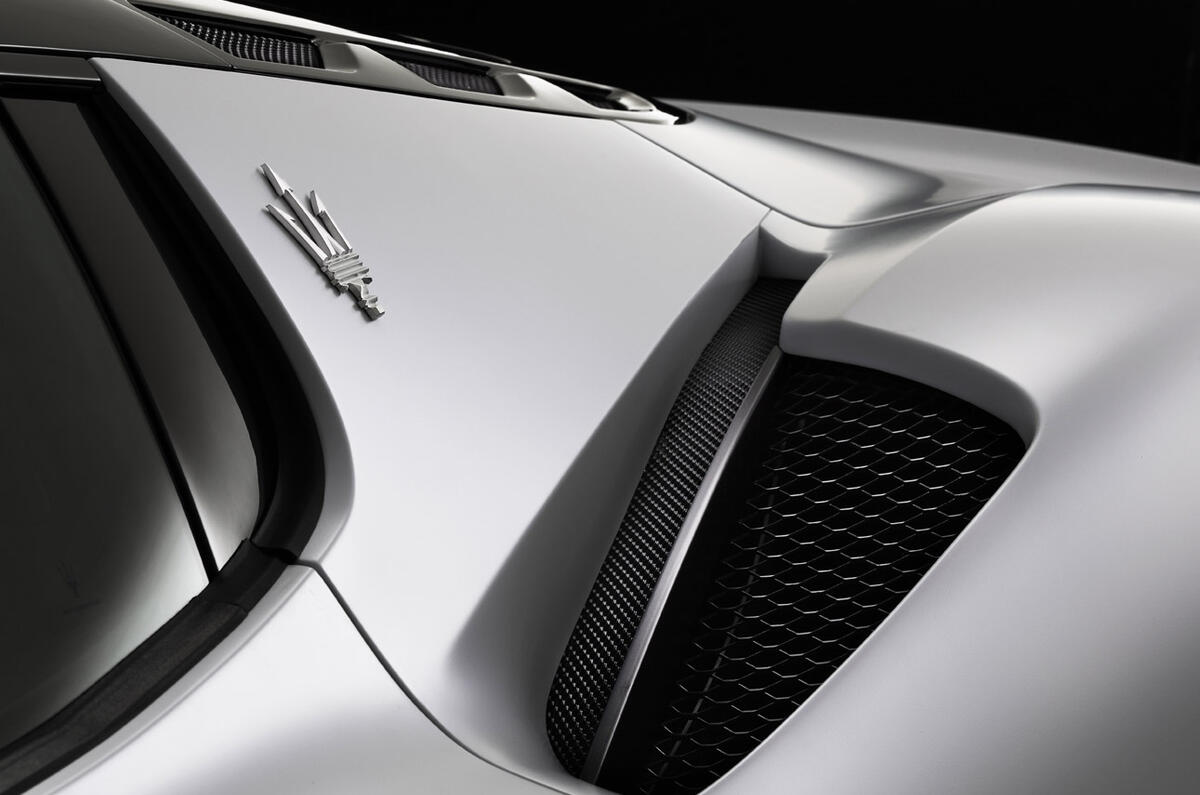
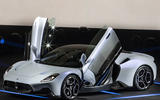
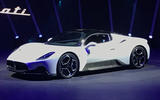
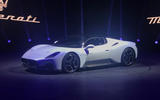
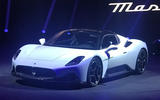
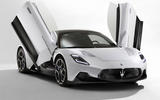
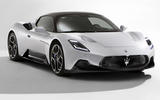
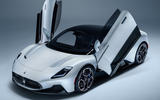
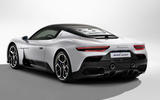

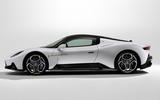
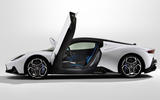
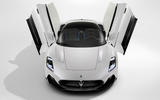
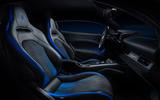
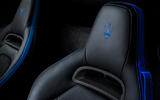
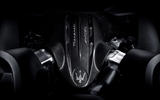
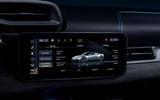
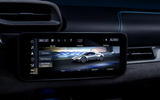
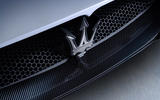
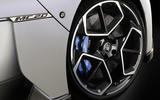
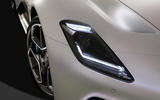
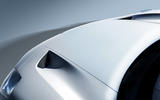
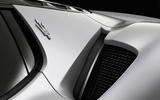

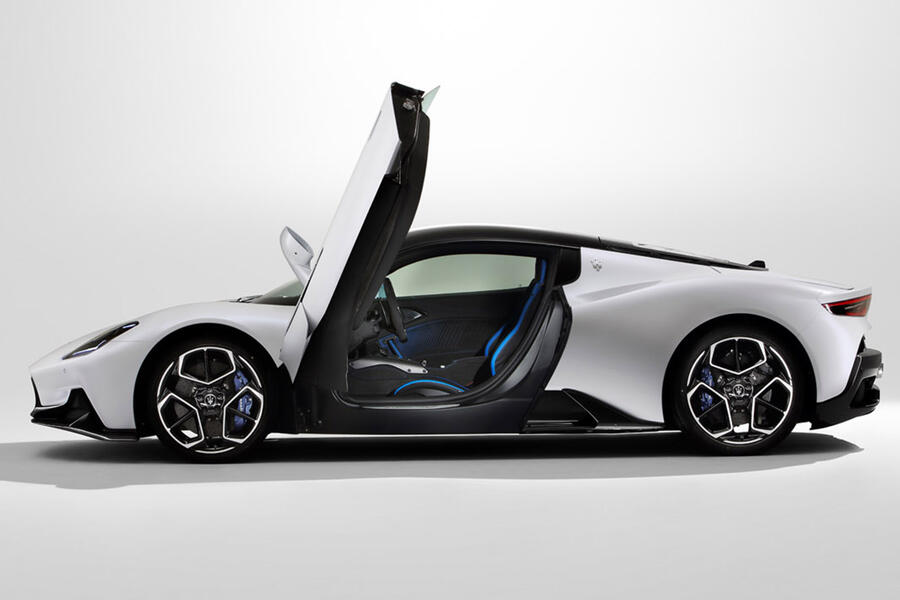
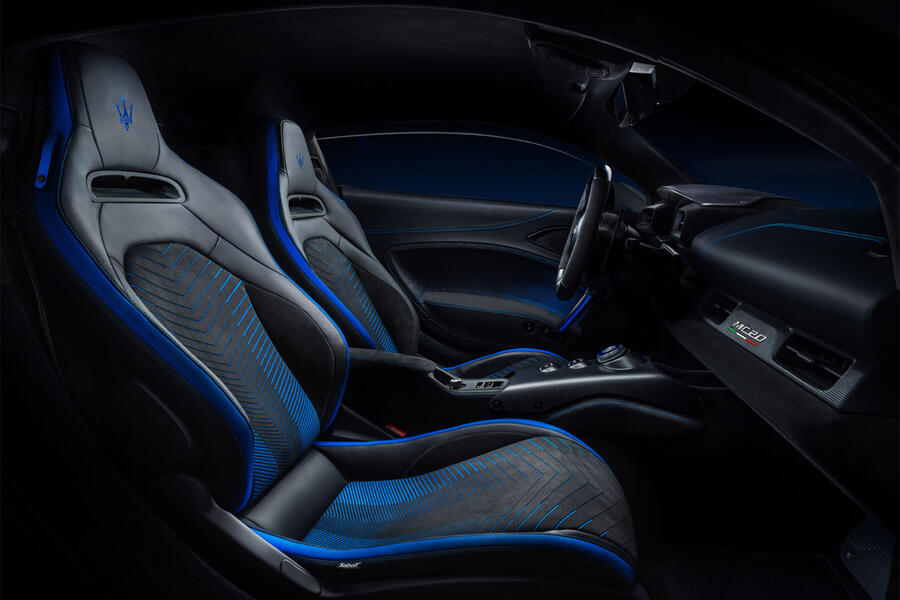






Add your comment